Buol Grotto and SculpturesMadeline Buol (1902 - 1986)
Relocated (incl. Museums)
1501 Garfield Avenue, Dubuque, Iowa 52001
John Michael Kohler Arts Center, 608 New York Avenue , Sheboygan , 53081
1946 - c. 1960
The works were conserved by Kohler Foundation and gifted to the John Michael Kohler Arts Center in Sheboygan, Wisconsin.
About the Artist/Site
Madeline Buol (née Magdalena Weickert) built a Grotto and a collection of sculptures and structures (which she also called “grottos”) in her backyard at 1501 Garfield in Dubuque, IA during the mid-years of the last century. She began gathering materials in spring of 1943, and began building in 1946. In a typewritten piece from May 1960 she wrote,
“When we moved to our new house (new to us) I thought what a beautiful place to build an outdoor grotto. We moved here in April 1943 and I started to gather rocks, etc. and made the foundation first, about 3 by three feet, just a square. It seems whatever I tried to make would fall down, so I wrote to Father Doberstein [sic], builder of the West Bend Grotto, who told me how to mix the cement, build project on the flat ground, then after five days when the cement was hard, to stand it up.”
Of the many sculptures and environments of embellished concrete in the region, Buol is one of very few artists to admit to being influenced by the models established by Father Paul Dobberstein’s Grotto of the Redemption (West Bend, IA), and Father Mathias Wernerus’ Dickeyville Grotto (Dickeyville, WI), and instructed in their methods.
Buol’s Grotto structure is clearly a reference to the Grotto of the Blessed Virgin, the central feature of Wernerus' famed Dickeyville Grotto, located about fifteen miles northeast of Dubuque and built between 1918 and 1931. Buol flanked her own Grotto with carefully-embellished renditions of the American and Papal flags (as Wernerus did at Dickeyville), with shells arching over flanking side shrines displaying the words “Religion” and “Patriotism.” One of the striking aspects of the Dickeyville Grotto was the pairing of the American and Papal flags, which expressed Catholics’ loyalty to the country as well as to the Vatican, which was especially important in the post-war years. Buol picked up on this bold expression, and also flanked her Grotto with precarious concrete rosaries. She wrote, “I built a niche to house the Blessed Virgin. We went to Dickeyville Grotto, they had a large pile of rocks there, and I told Father I wanted to build a Grotto and asked if I might have a rock, he told me to take as many as I wanted so I took four, so those rocks went into my first niche.”
Buol’s writing from May 1960 is organized in sections: “Grottos 1945” and “Grottos 1945 – 1957,” outlining the general chronology of her works, and implying that she worked from 1945 to 1957. In it she reveals that she built most of her work before actually seeing the Grotto of the Redemption. “I always wanted to go to West Bend to see Father, but Frank wasn’t the going kind, but one summer I talked Frank to go during his vacation, but we didn’t make it as Father died the week before.” (Dobberstein died in 1954.) She continued, “Since then I visited the Grotto several times, once with the Ladies Catholic Benevolent Society, and another time when we went to the Black Hills.”
Buol drew diagrams for many of the sculptures. It is not clear, however, if they are plans, or if they were drawn after construction in order to document the various stones, rocks, and other objects she incorporated into the works, as well as their origins. Some of the diagrams are dated 1947 and 1948, which may refer to the date specific sculptures were built. The diagrams are filled with references to minerals and other materials, and where they came from––important, as many came from distant points around the country and around the world. Much like Dobberstein’s work, Buol’s sculptures reference the wonders of the world beyond her yard, and bring these wonders home. The diagrams reveal a pride and excitement in documenting the objects and their origins.
In 2010 Chicago designer and collector Paul Young told me of this yard of “grotto” sculptures in Dubuque, and sent a few images. I wasn’t able to travel to Dubuque at the time and in the summer of 2011 my colleague Jim Zanzi visited the yard at 1501 Garfield and gathered preliminary information about Madeline Buol. (Scans of Buol’s writings and diagrams, and a few vintage photos were later provided by Buol’s granddaughter.) Zanzi was told that the property had recently been purchased and the sculptures were slated for demolition. The new owners didn’t want them and had received an offer from someone who would haul them away and use them for fill. The Dubuque Preservation Commission and Iowa State Historic Preservation Office were alerted, but were unable to act to save the sculptures. In an 11th hour rescue, Kohler Foundation, Inc. purchased all the sculptures and moved them to Kohler, WI, where they were stabilized and conserved. This process was described on the Kohler Foundation’s website
The collection was removed from the site at the end of 2011 in rain and snow. A difficult task under good conditions, the weather made this a challenge. The pieces were moved by staff to the Kohler Foundation work space for extensive conservation treatment over the spring and summer.
Conservation treatment and supervision was provided by International Artifacts of Pearland, Texas. Each sculpture was researched, measured, documented, and photographed. Research was undertaken and documentation acquired through Buol family members. Treatment included stabilization, new bases, loss replacement, and extensive cleaning. The sculptures were gifted to the John Michael Kohler Arts Center at the end of 2012. They are not yet on display, but will likely be placed in an outdoor installation.
Components that were on the site in 2011 included two works in the side yard, a monumental Star on an elaborate pedestal, and an embellished pedestal near the Star. Buol described making two planters flanking the star; the pedestal is all that remained during the time of my fieldwork. A photo taken by Paul Young in 2010 shows a shrine next to the garage with pitched roof and statue within, intact; only the base remained in 2011.
Works installed throughout the back yard included:
- Blessed Virgin Grotto, Religion and Patriotism
- Replica of St. Peter’s Basilica
- Rock Garden built along the side of the house
- Mary Virgin sculpture
- Sacred Heart of Jesus grotto sculpture
- “Center” grotto with shells and statues (In her May 1960 writing Buol describes having room in the center for what I believe is this sculpture.)
- Stations of the Cross
- Star
- Remnant of pedestal next to the Star
- Remnant of pedestal next to the garage
There are vintage photos of a shrine to St. Anthony and a shrine to St. Francis, and diagrams for both. One of the granddaughters apparently moved a few sculptures to her yard in Dubuque, so she may have moved these as well.
Madeline Buol’s grotto environment is one of the few such sites built exclusively by a woman. It is strongly linked to the local and regional tradition of building grotto environments of embellished concrete, and is also an example of highly original work. Buol’s work is a significant contribution to the genres of Catholic devotional grottos and art environments. Her joy in translating her religious devotion into works of art is expressed clearly and with playful exuberance.
~Lisa Stone and Jim Zanzi
Contributors
Materials
Concrete, glass, china, found objects, religious statuary
Related Documents
Map & Site Information
John Michael Kohler Arts Center, 608 New York Avenue , 53081
Latitude/Longitude: 43.7525128 / -87.7104111
Nearby Environments


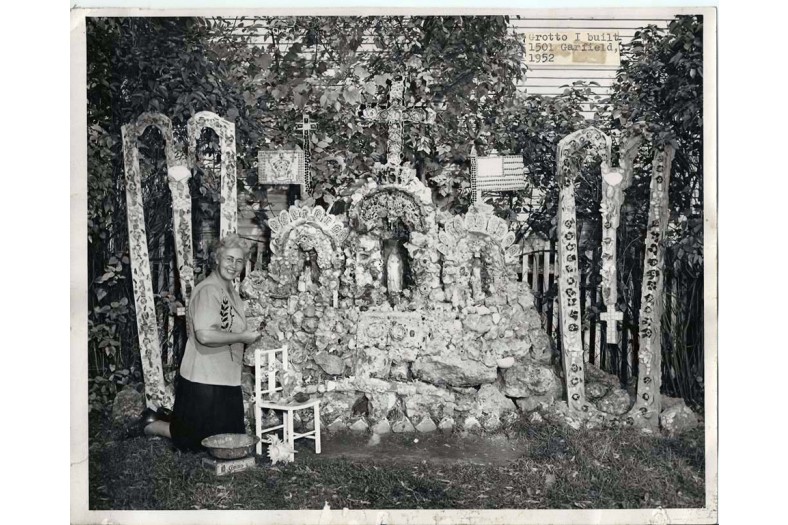
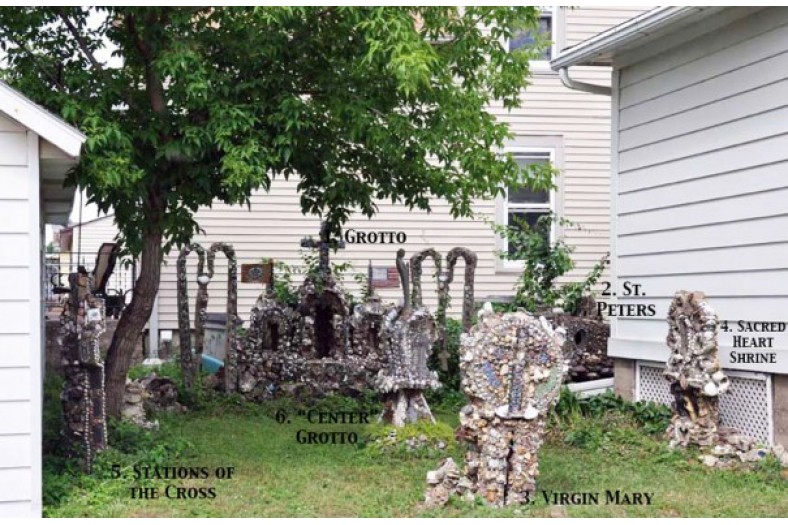
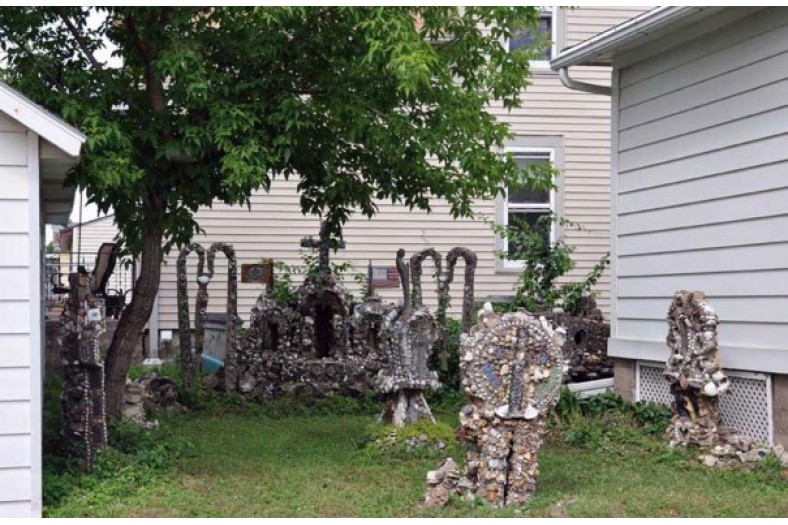
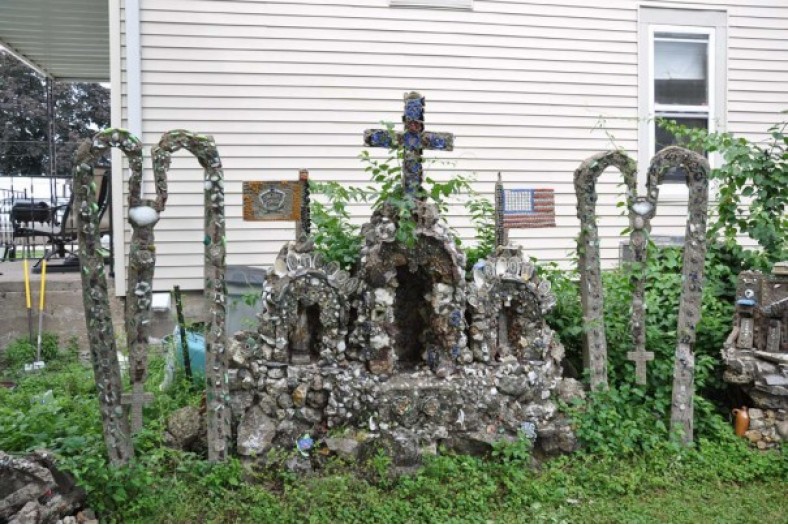
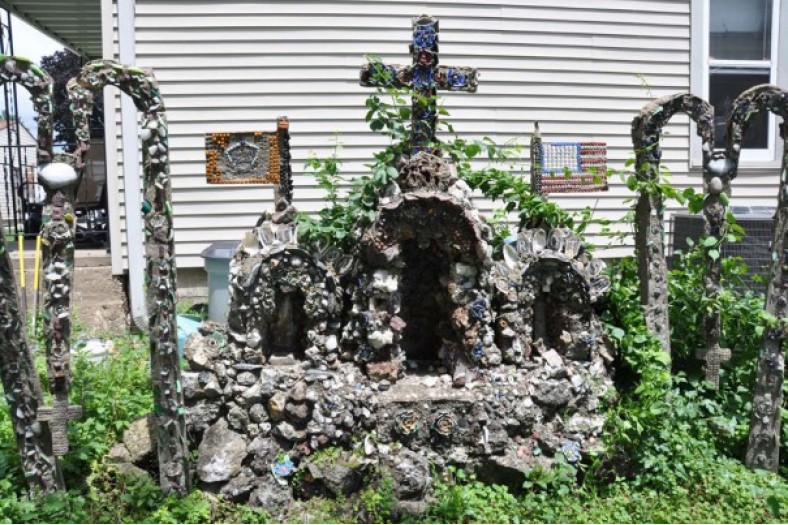
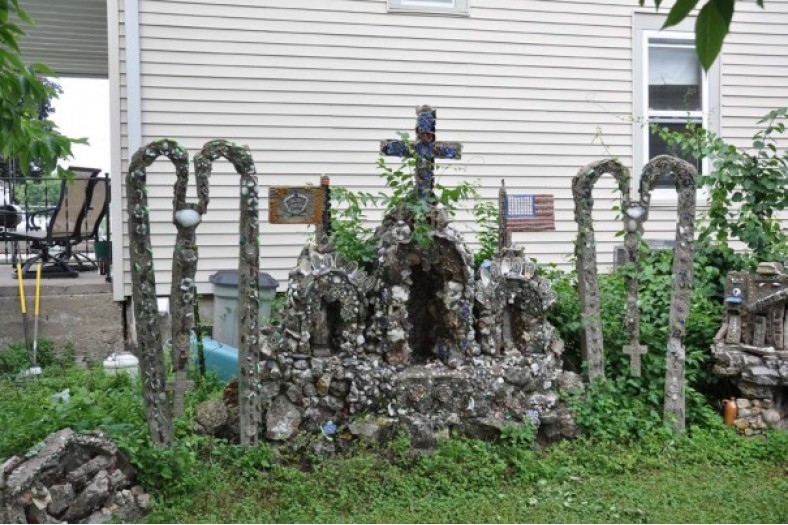
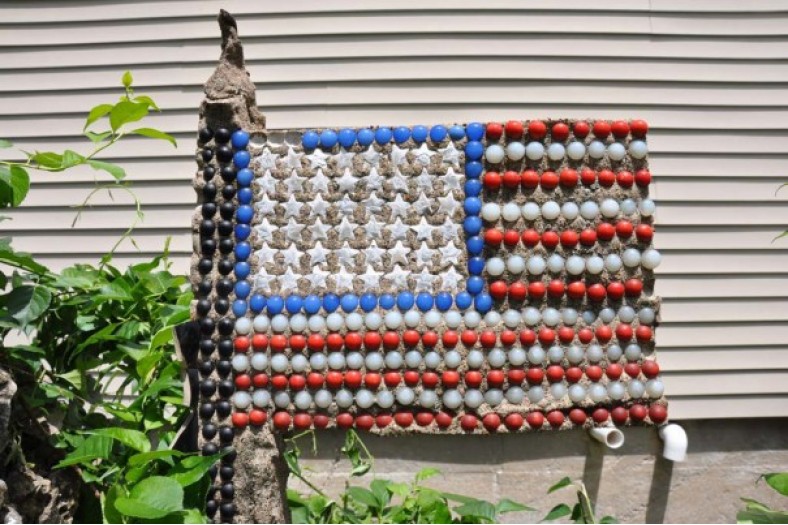
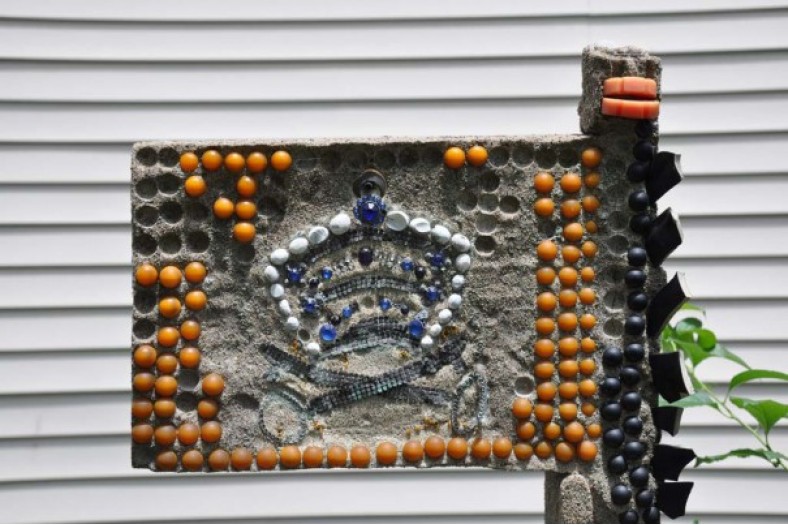
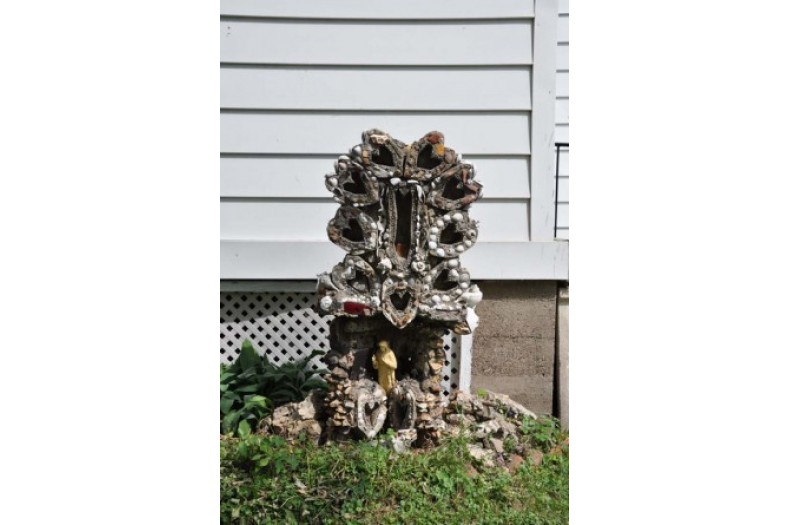
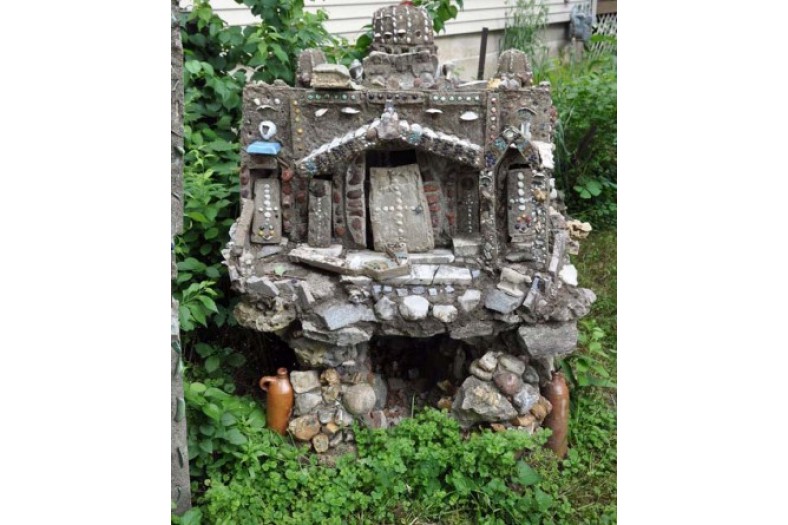
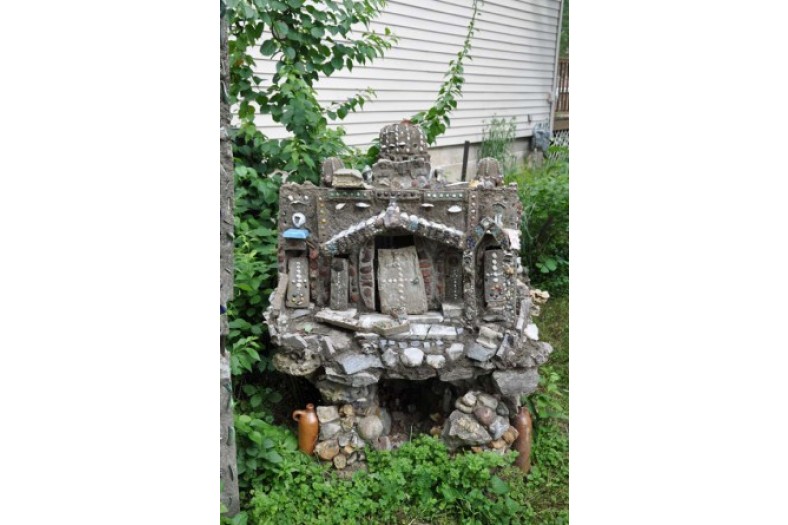
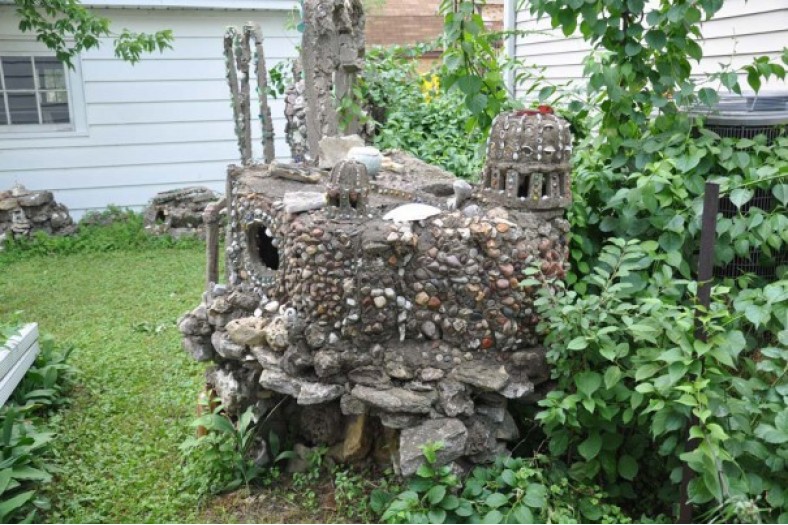
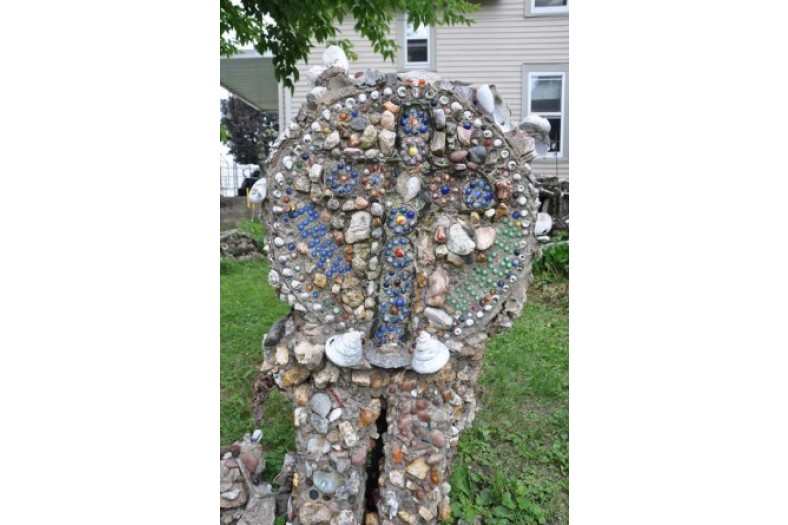
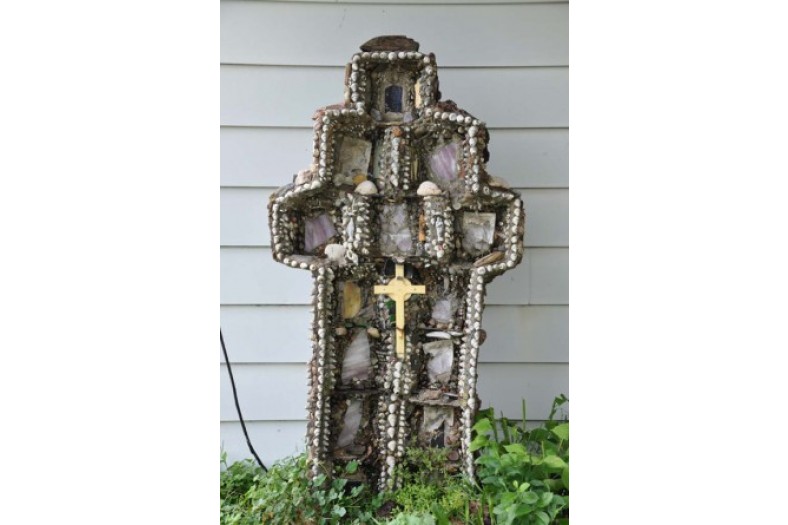
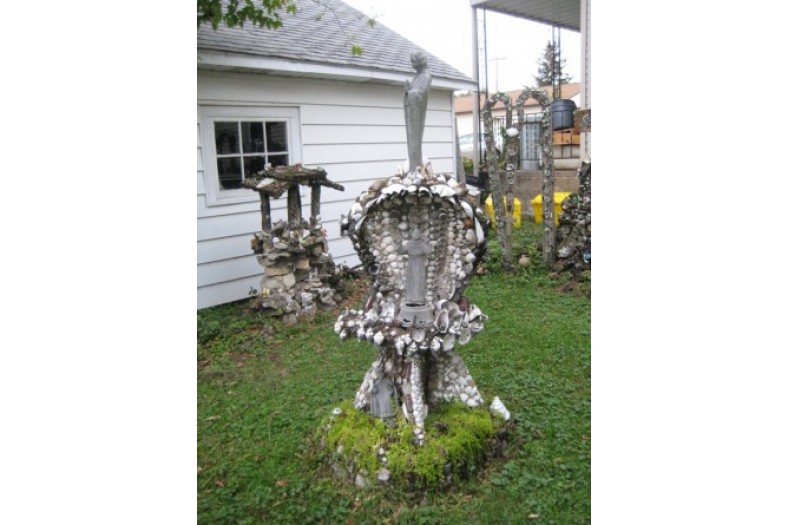
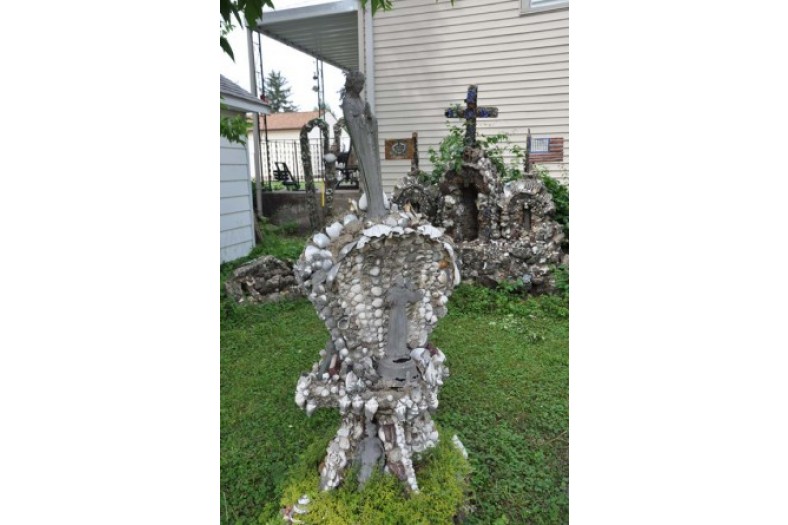
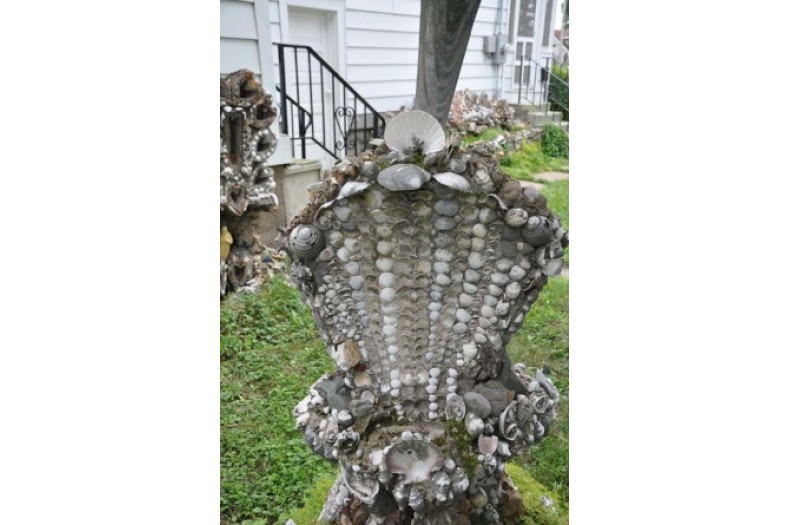
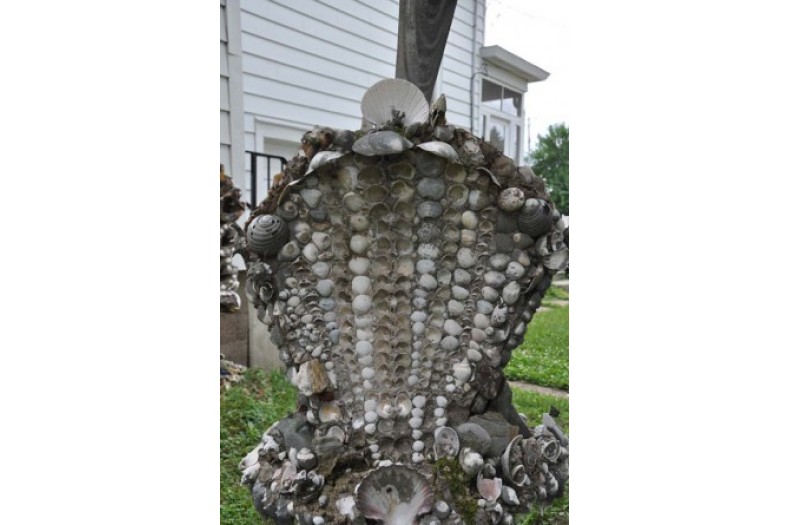
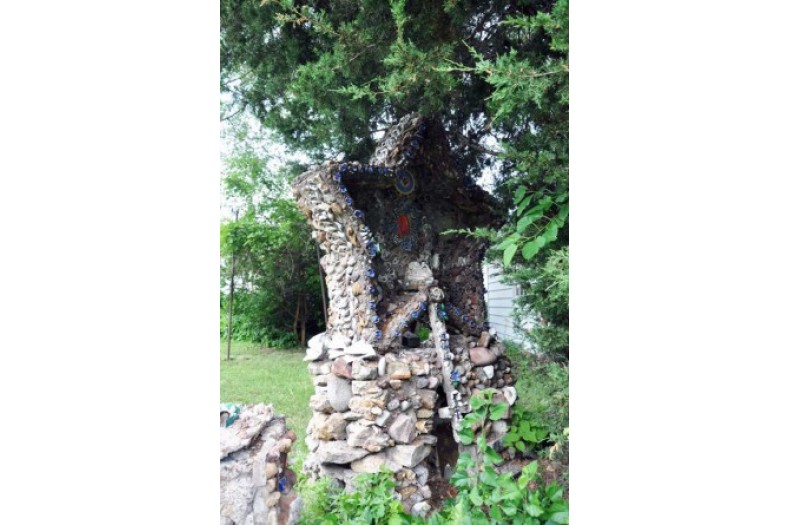
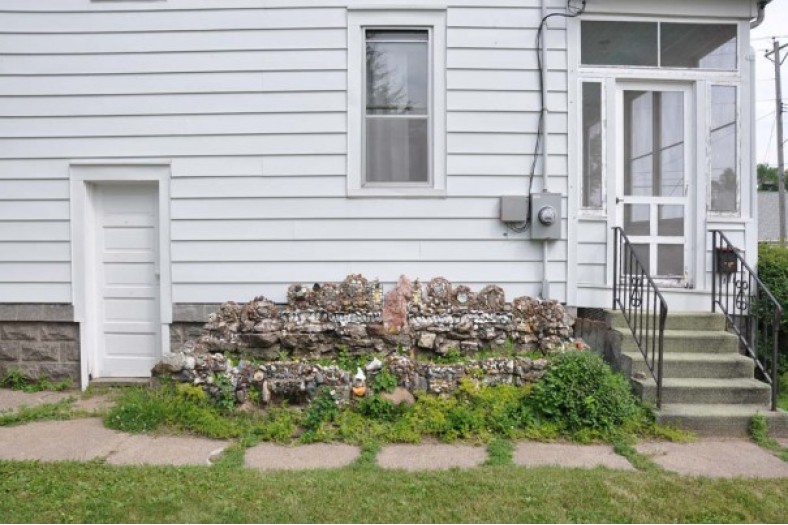
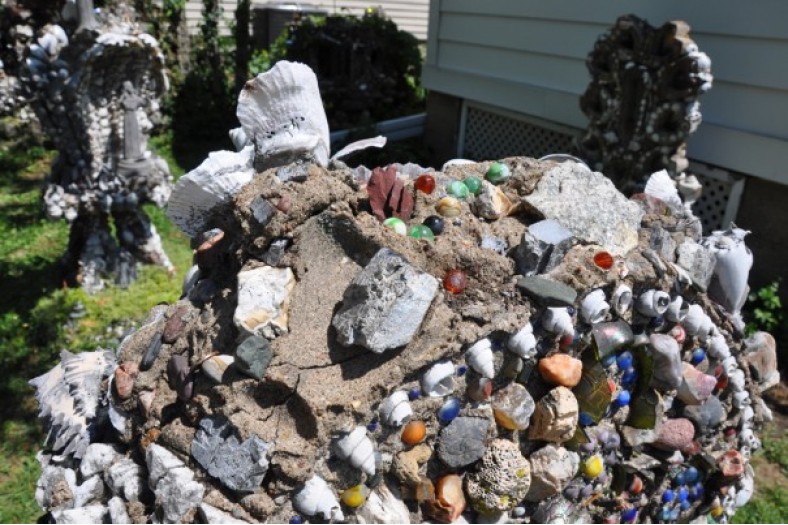
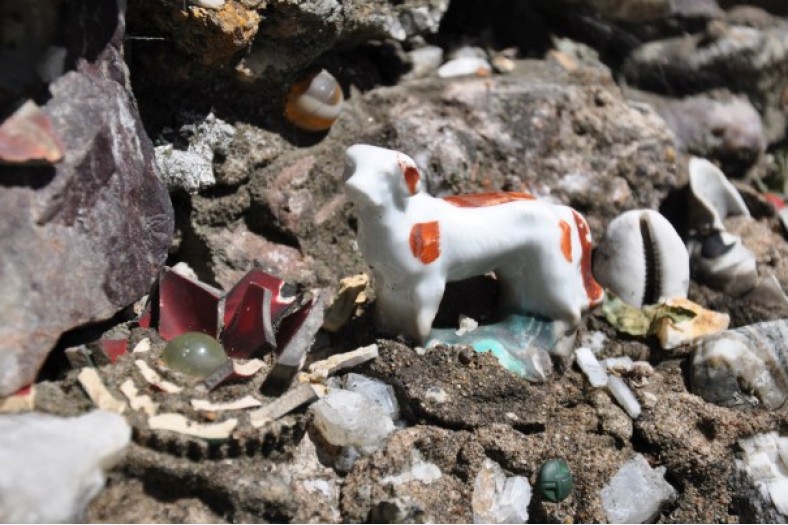
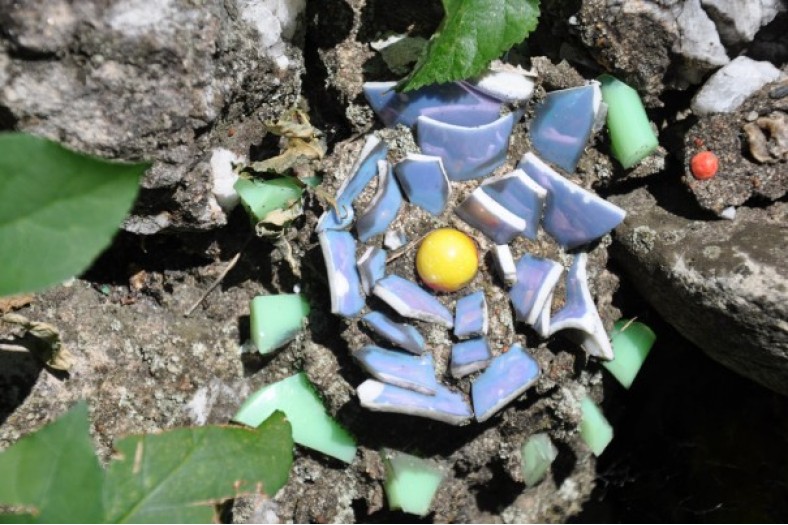
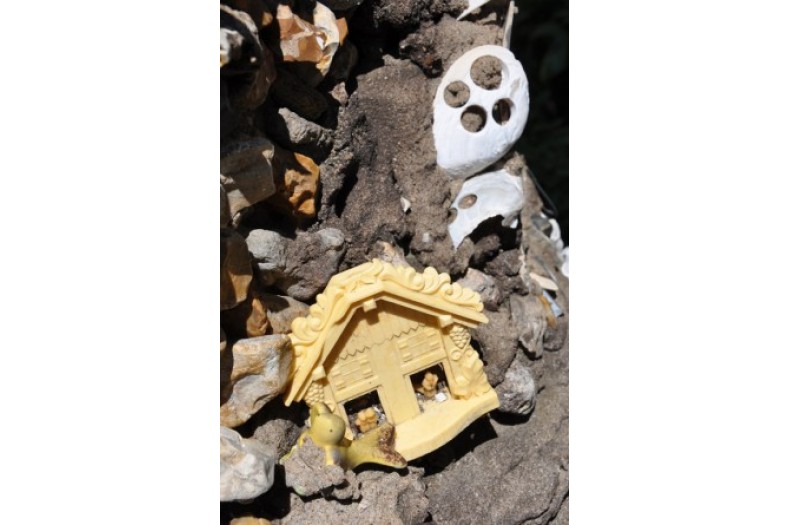
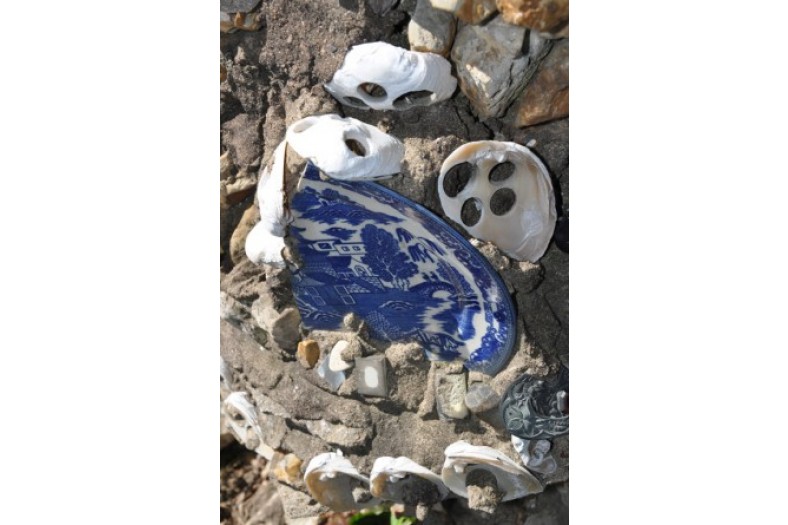
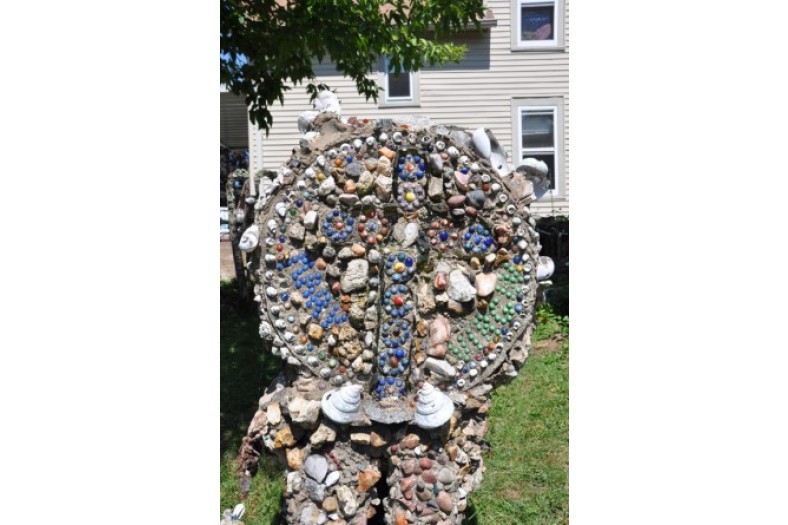
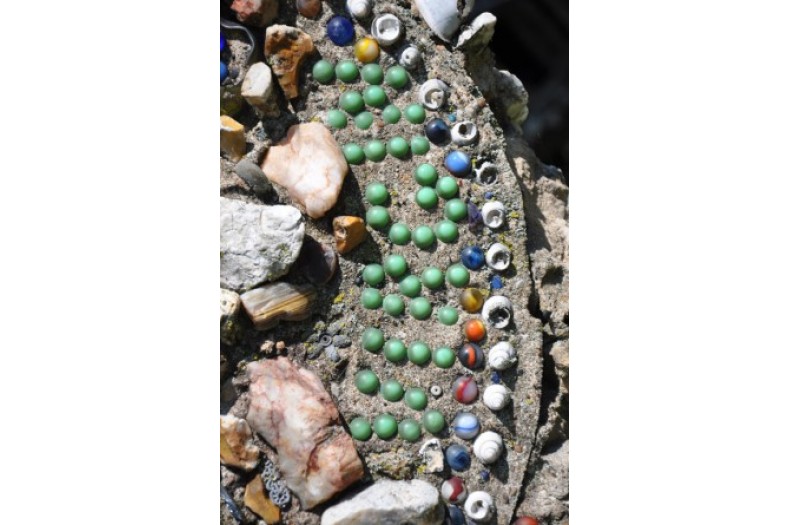
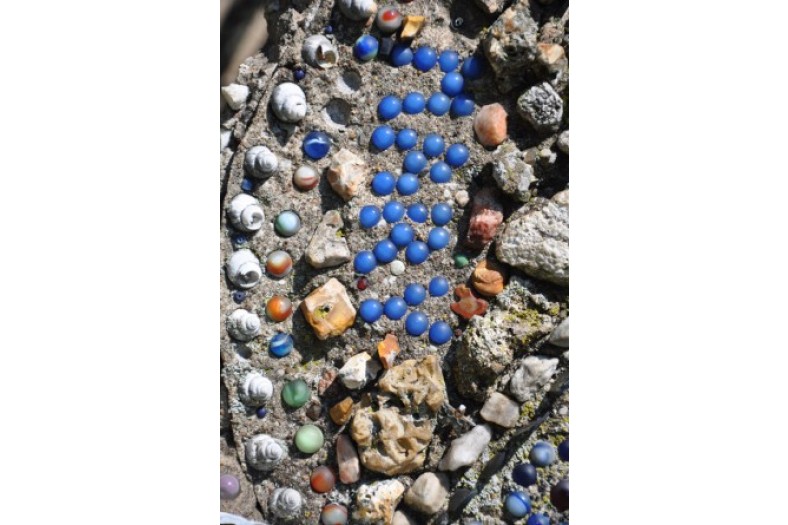
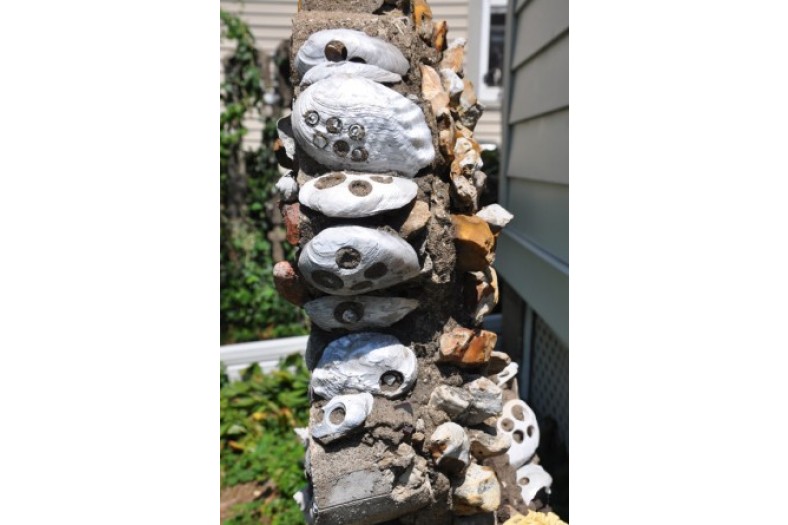
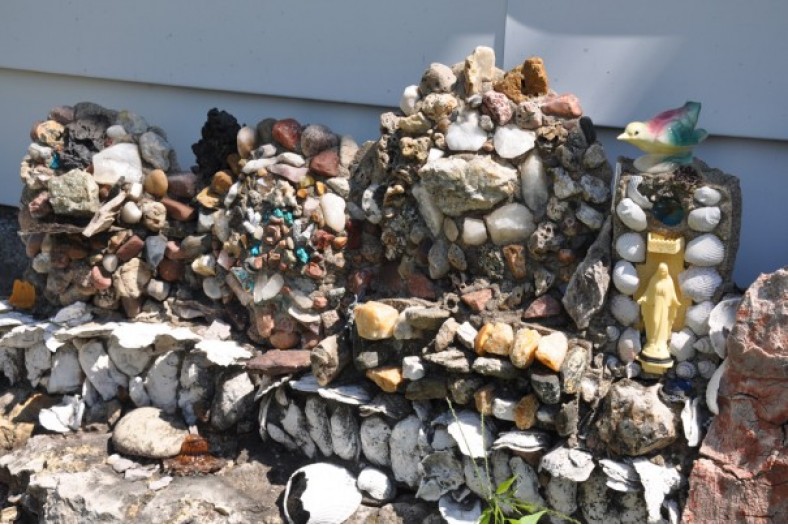
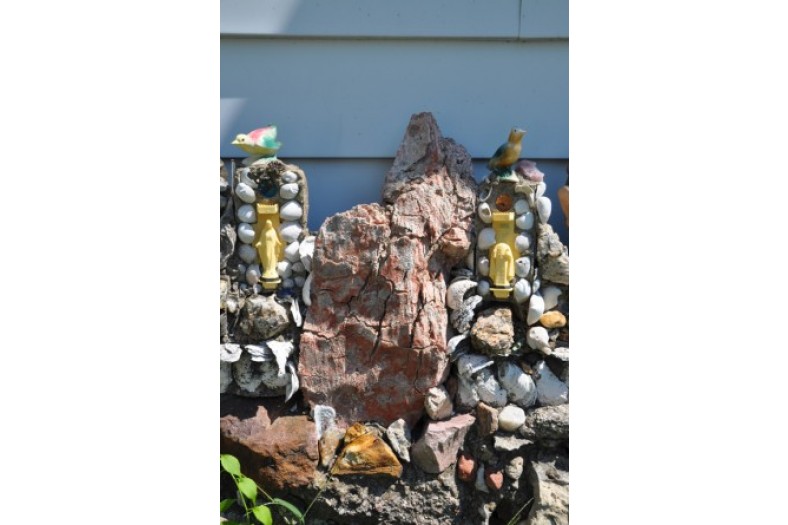
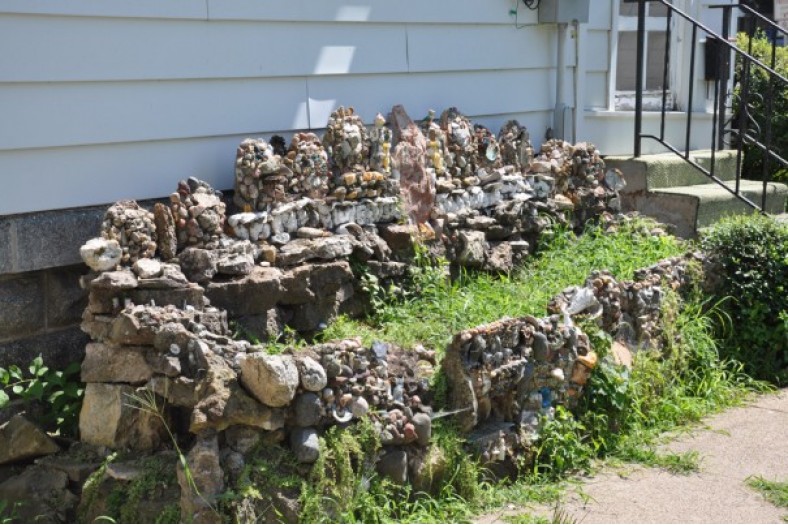
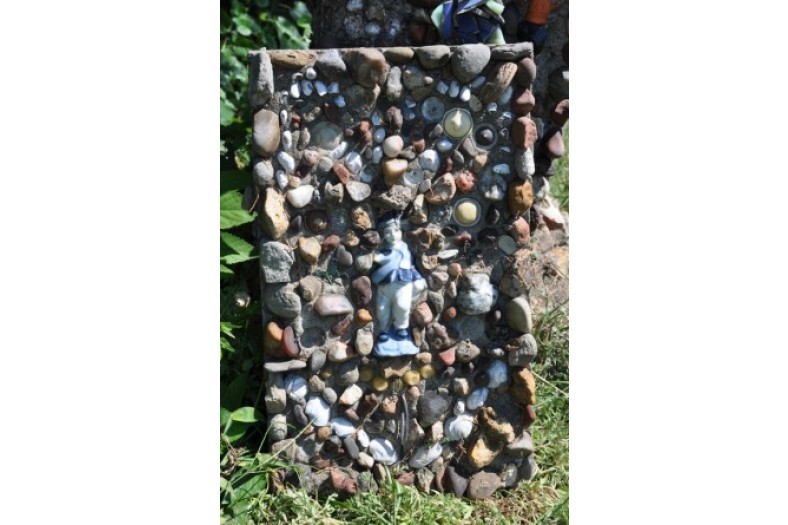
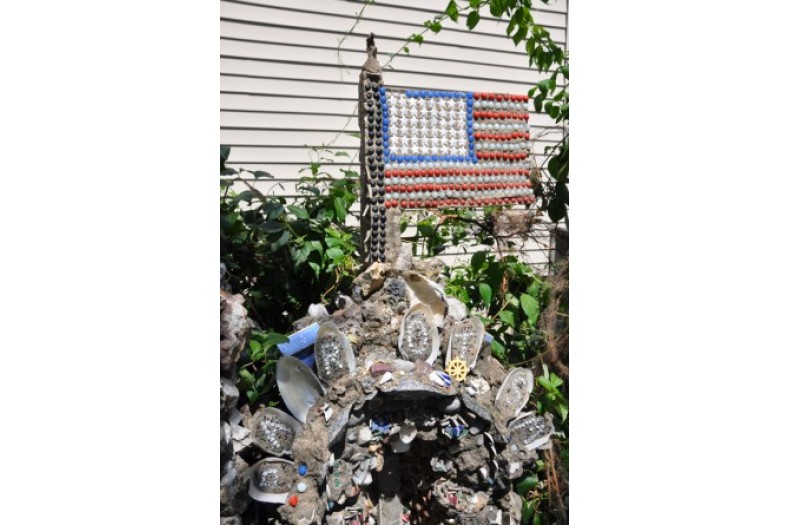
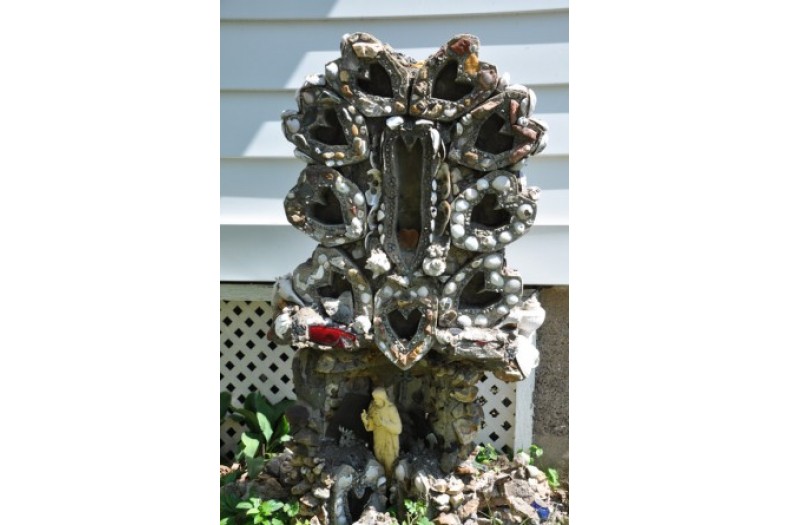
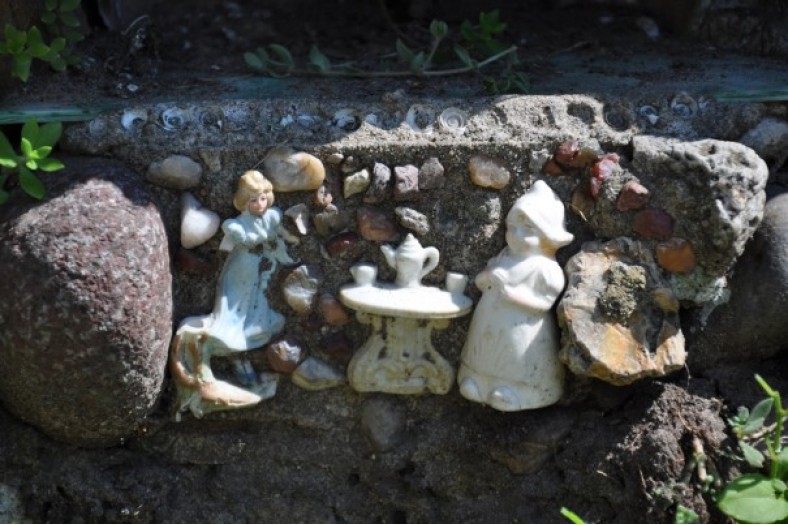
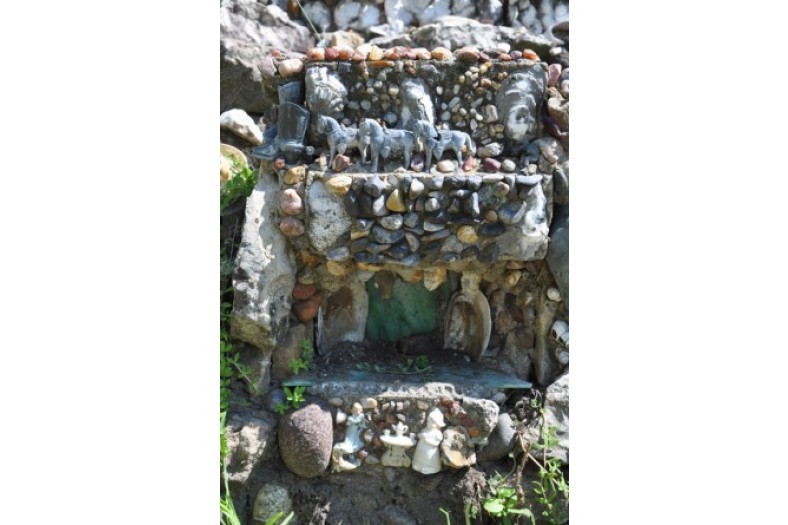
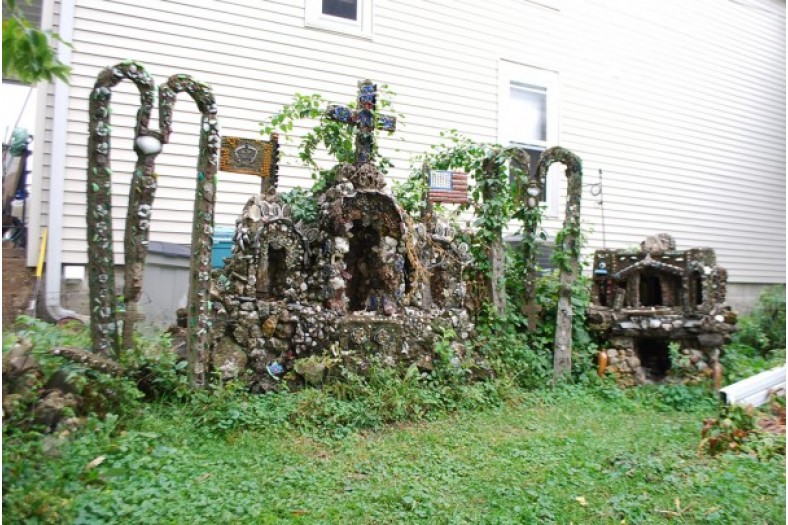
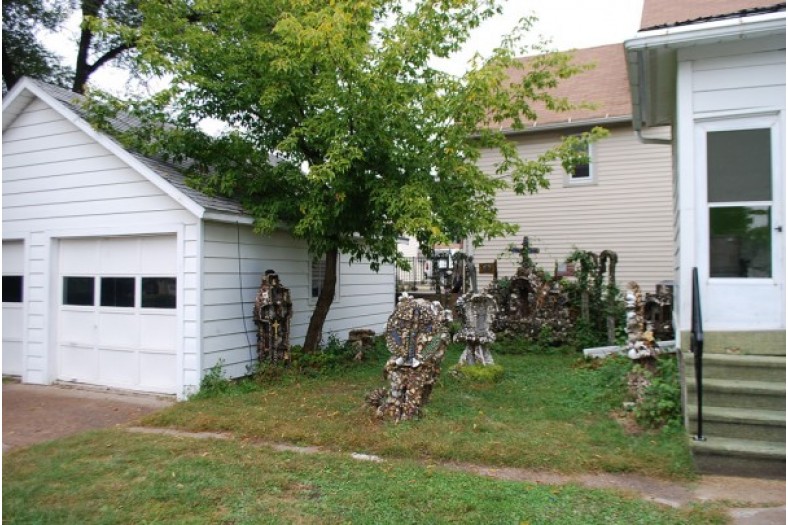
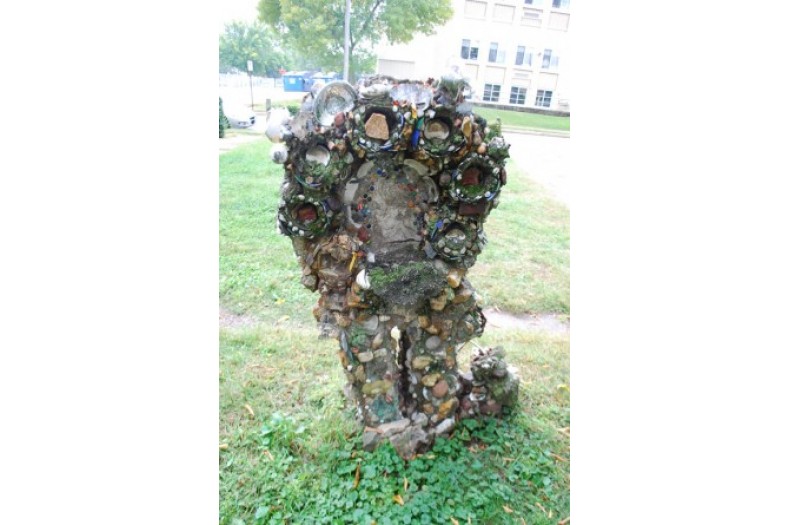
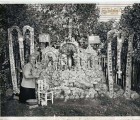
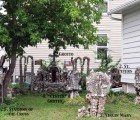
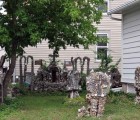
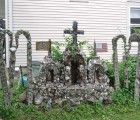
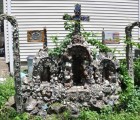
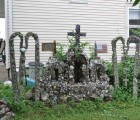
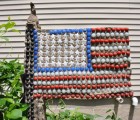
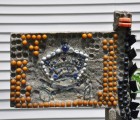
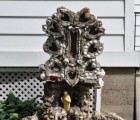
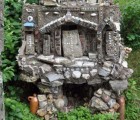
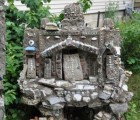
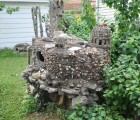
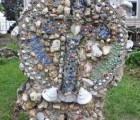
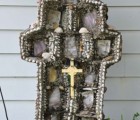
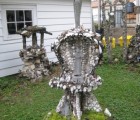
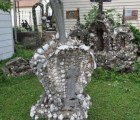
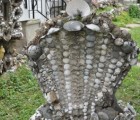
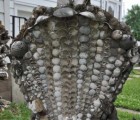
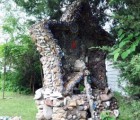
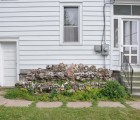
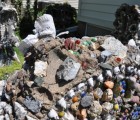
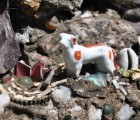
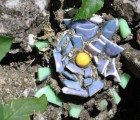
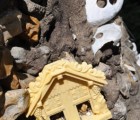
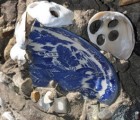
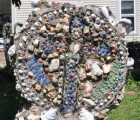
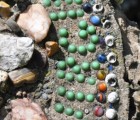
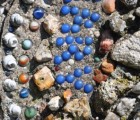
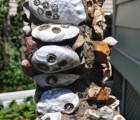
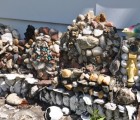
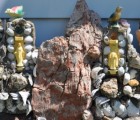
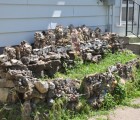
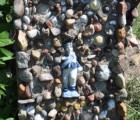

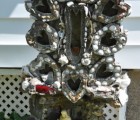
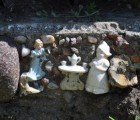
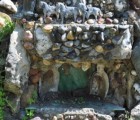
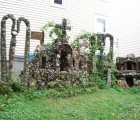
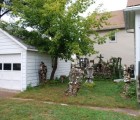
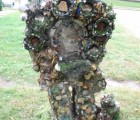
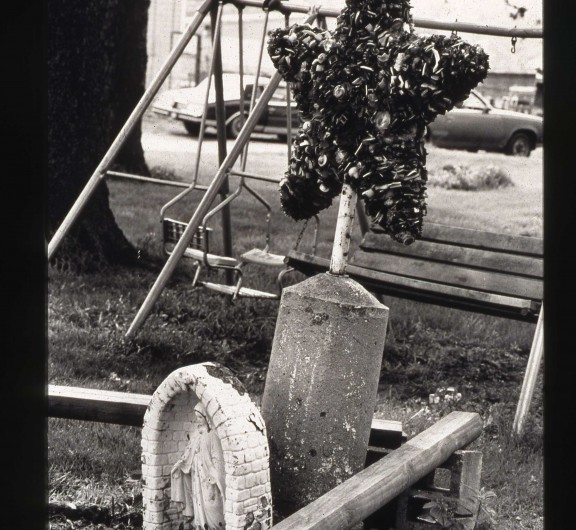

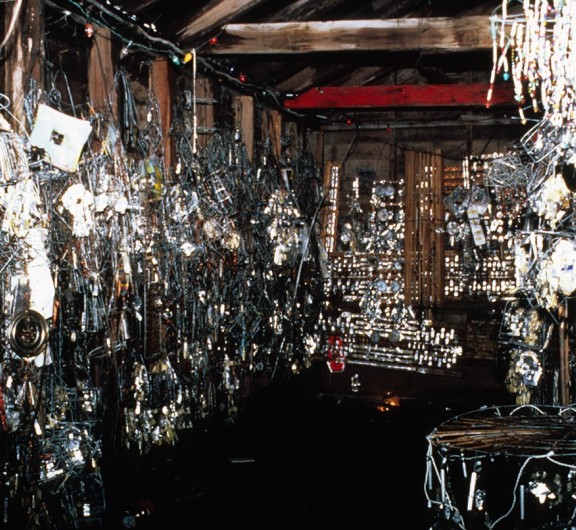
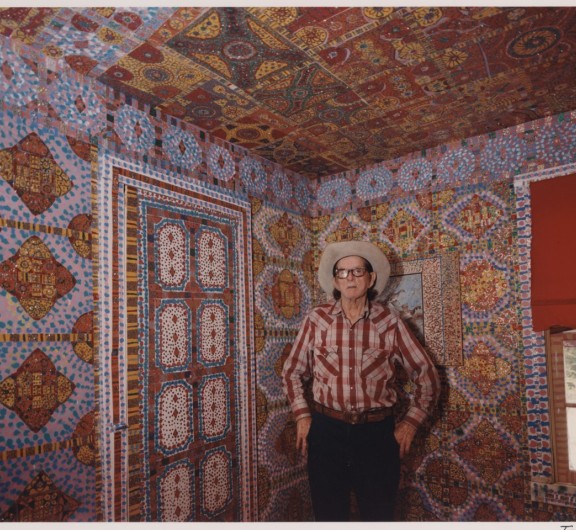
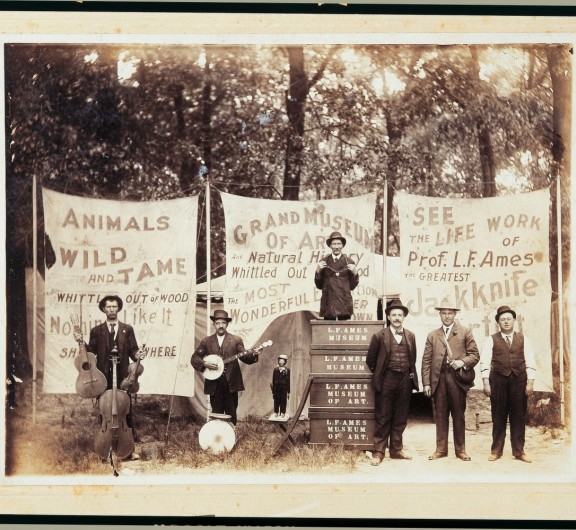

Post your comment
Comments
No one has commented on this page yet.